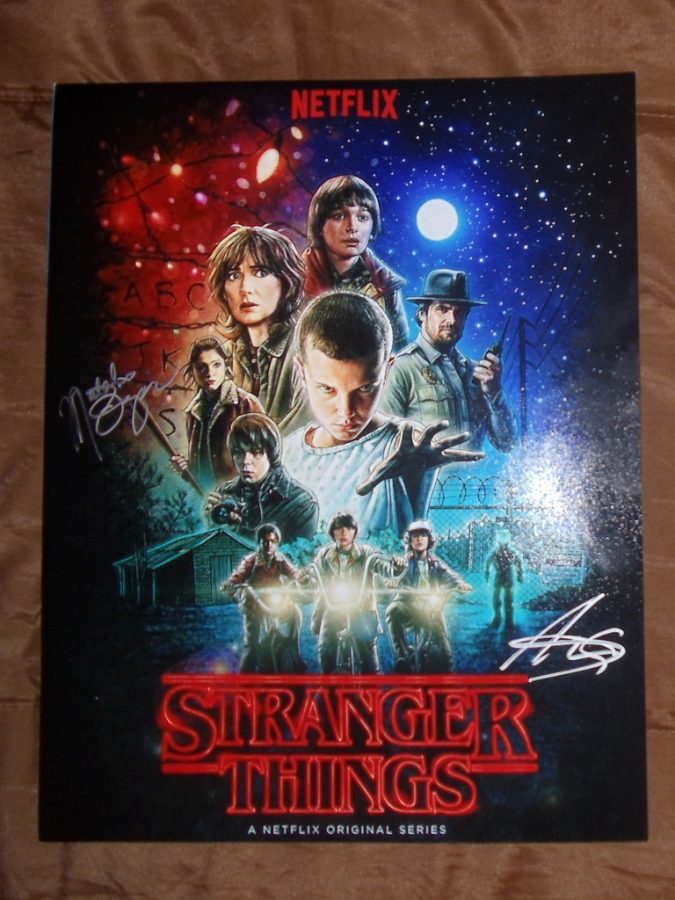Netflix streamed the one and only TV show that has fans on the edge of their seat: Stranger Things. The Duffer Brothers come back with another complex and intriguing season of Stranger Things. The second season will leave you with a horrified look on your face. Get ready to dive deeper into the complexity of Stranger Things.
The Scientific Side Of Stranger Things
If you haven’t already watched season one, I think you should probably do so. Season one focuses on a boy named Will Byers who is playing a game called Dungeons and Dragons with his friends Dustin, Mike, and Lucas. One night when riding home after the game, Will goes missing. The problem is, he’s in another universe where no one is able to see him or contact him. A universe known as the “Upside Down.”
Does the show focus on parallel universes? Before I get in-depth with the meaning behind Stranger Things, let this be warning that there will be mentions of episodes from the previous season. In season one, episode five “The Flea and the Acrobat” starts explaining the weird and complex story line of Stranger Things. When Will disappears, his three other friends start to solve the mystery of their friend’s disappearance on their own.
One lead they get is through their compasses. Dustin tells all of his friends that something isn’t right. Their compasses weren’t facing true north. They realize that the only cause of this could be some sort of stronger magnetic field. The boys already knew that there was an upside down through their knowledge of dungeons and dragons. So the only way they could find out where it was, was to follow the direction of the compass.
To get a better understanding of how to get to the upside down, episode five of season one is what leads us there. Mr. Clarke provides an example of how parallel universes work. Imagine a tightrope as the dimension. On the tightrope stands an acrobat and a flea. An acrobat interprets the tightrope as flat, so it can only move forwards or backwards. Due to gravity, we can’t turn upside down. However, the case is different for the flea. The flea can go up and down, but it can also go underneath.
The real question here is, how does one get past the tightrope, or in this case, get to the other dimension? To get to the other dimension would mean that we would have to create a massive amount of energy to create some sort of gateway.
An interesting fact about creating this gateway is that it could hinder with the magnetic field, gravity, the environment, or even swallow us whole.
Overall Input?
I was never a Science Fiction fan, to begin with. Interstellar is the reason I got into Science Fiction. Interstellar and Stranger Things focus on the same idea: parallel universes.
For people who won’t truly understand the concept in its entirety (even I am still struggling) is normal. The only thing I find interesting is how something like parallel universes, or creating gateways to get to another dimension is a possibility.
That’s not the only reason I like Stranger Things. With its very intricate storyline, the development of characters from season one to season two brings a whole new change to the show. I like the change in character personality in Eleven (Millie Bobby Brown). For example, in season 1, Eleven is a quiet and mysterious girl. She does have a dark side, but she doesn’t let it be revealed until season two.
Along with that, I enjoy the intentional creepy vibe it gives off. Since the show is set in the 80’s, I love the costuming and the choice of music as well. The seasons are very short too. They have about eight to nine episodes. All of which are about an hour long. Stranger Things is a show worth watching.

















